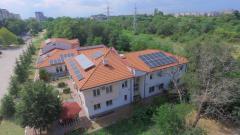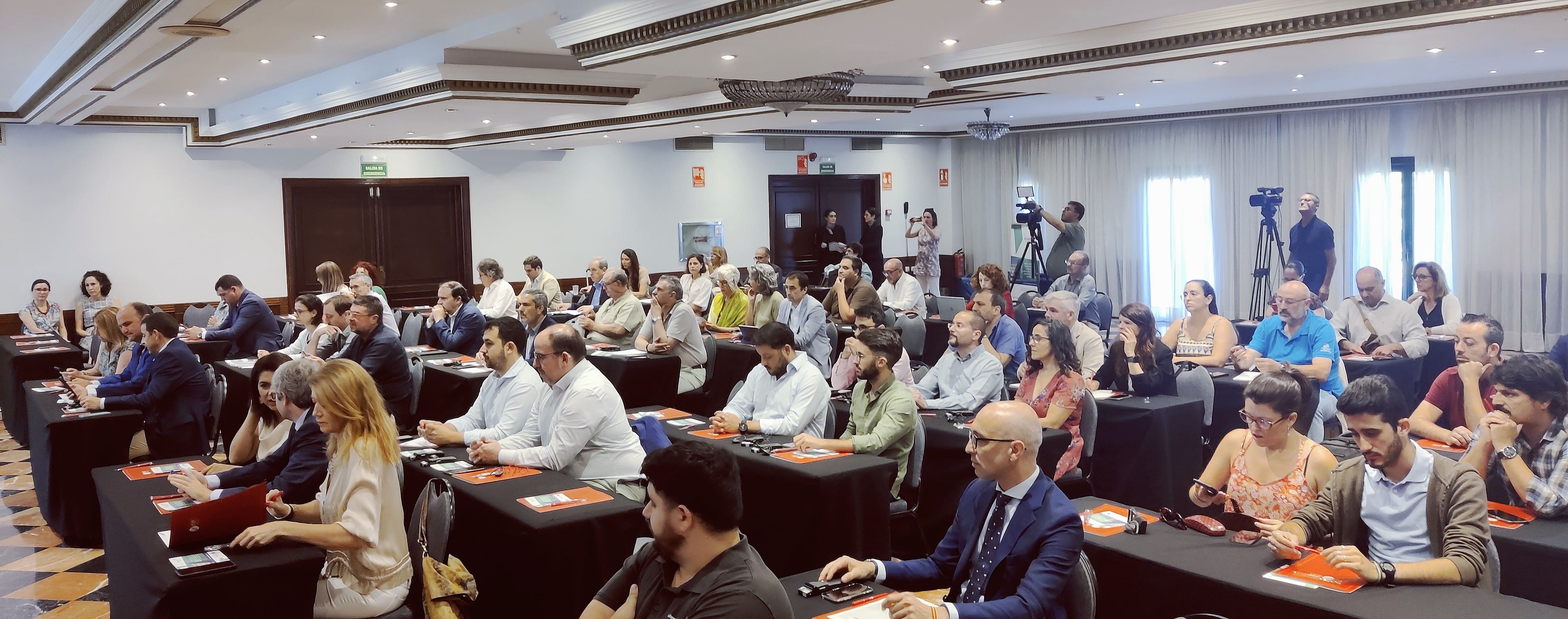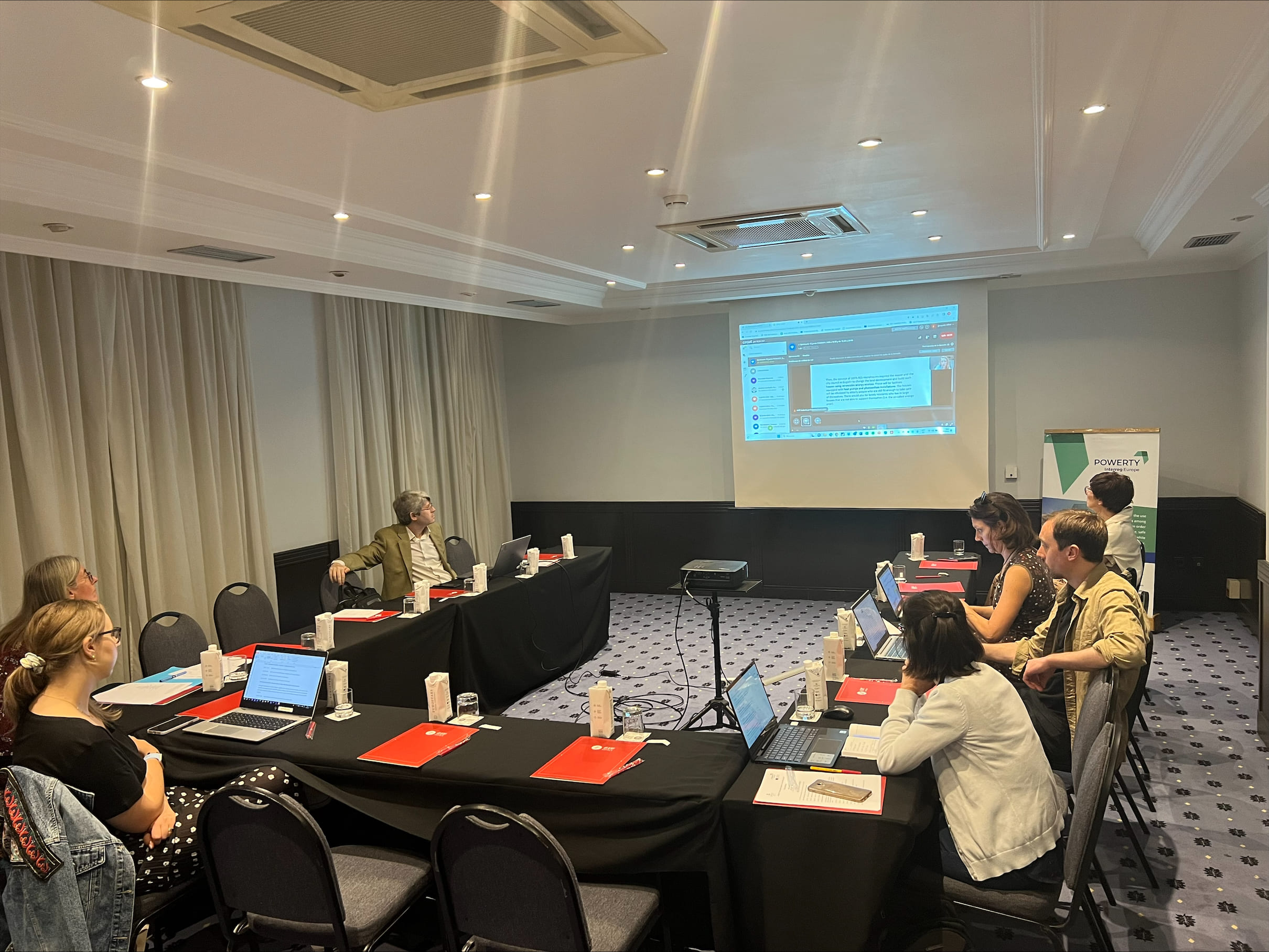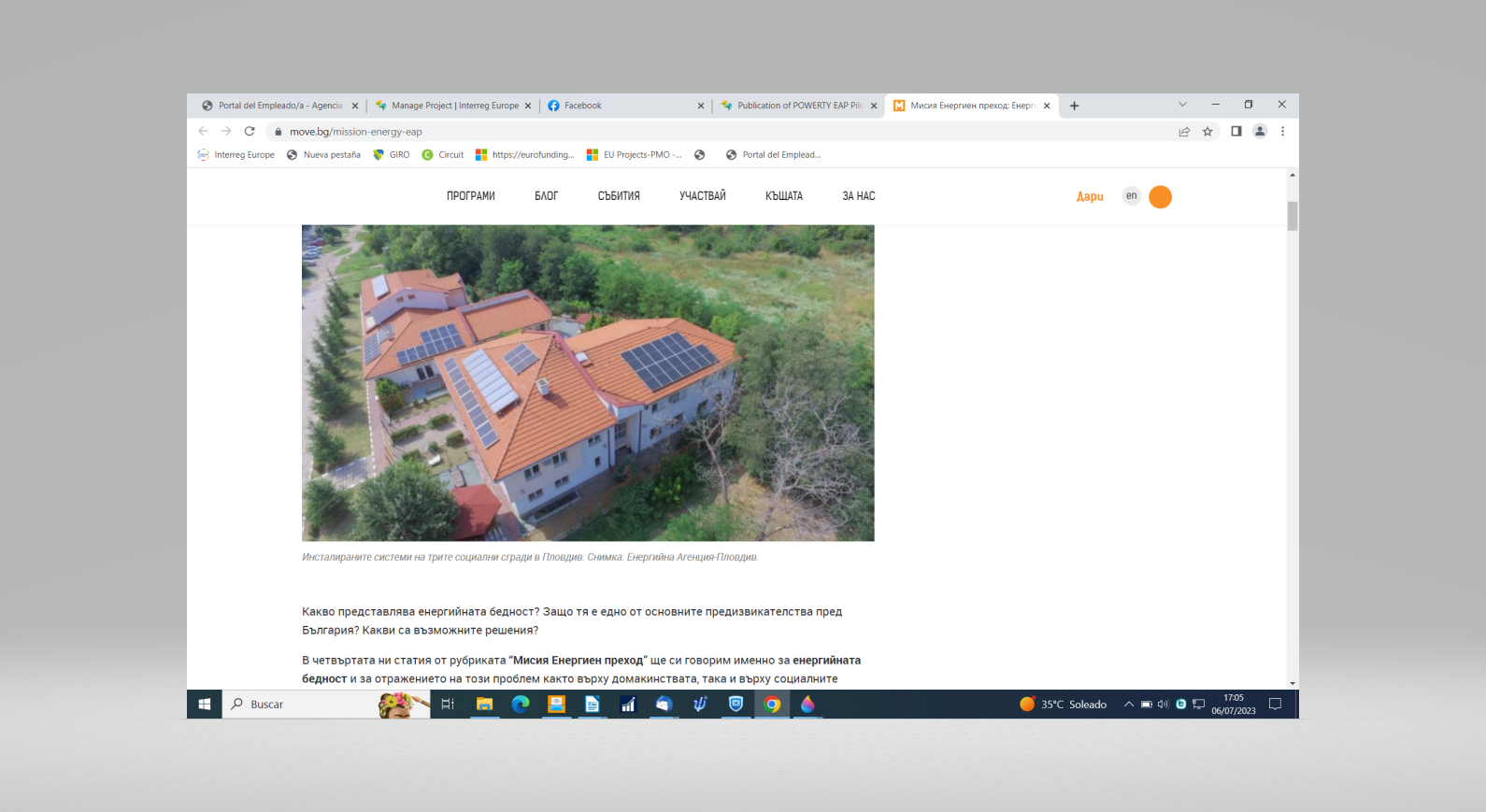In southern European countries, despite having mild winters, many people live in cold and energy-inefficient properties and struggle to meet their energy needs for comfort and warmth, and therefore they run the risk of developing cold-related illnesses. Although the relationship between health, energy poverty, and cold/warm homes has been analysed by numerous studies, the identification of the direct impact of this relationship on society remains elusive in these countries.
This paper shows a case study in a working-class district of Seville, Spain. Six multi-family residential buildings (providing social housing for a total of seventy-one households), built prior to energy-efficiency regulations being in place, are retrofitted by Seville City Council. The Index of Vulnerable Homes, defined by the authors, assesses the vulnerability to energy poverty (pre- and post-intervention) of those households. Furthermore, the costs to the National Health Service (NHS) are also estimated. The results show that savings for the NHS could be used in order to define the payback period of those retrofitting funds.
In conclusion, this paper presents how the Index of Vulnerable Homes would be able to help in the development of a comprehensive and coordinated strategy in social housing to address energy poverty, and in the monitoring of the effectiveness of ongoing projects in the city of Seville.
More information: https://www.sciencedirect.com/science/article/abs/pii/S2214629619302257










